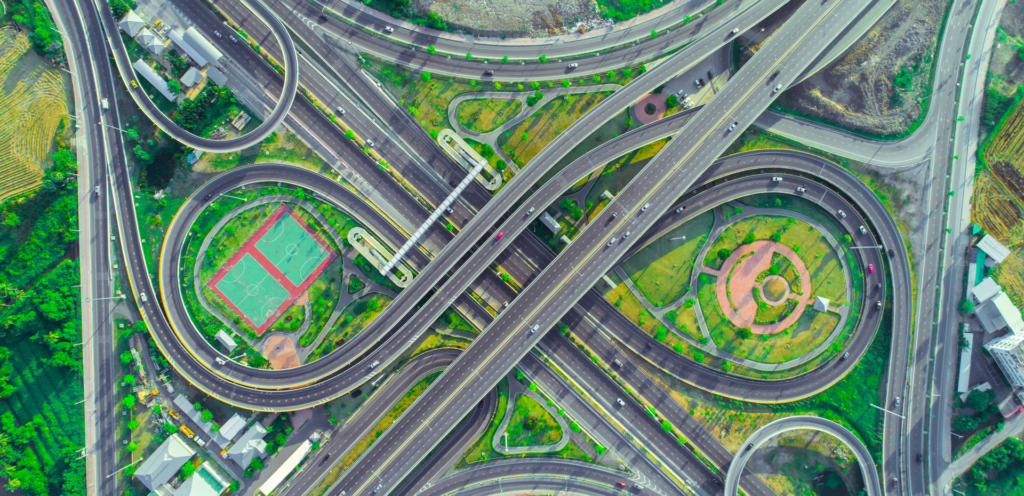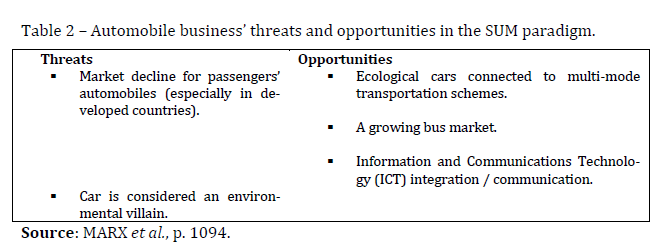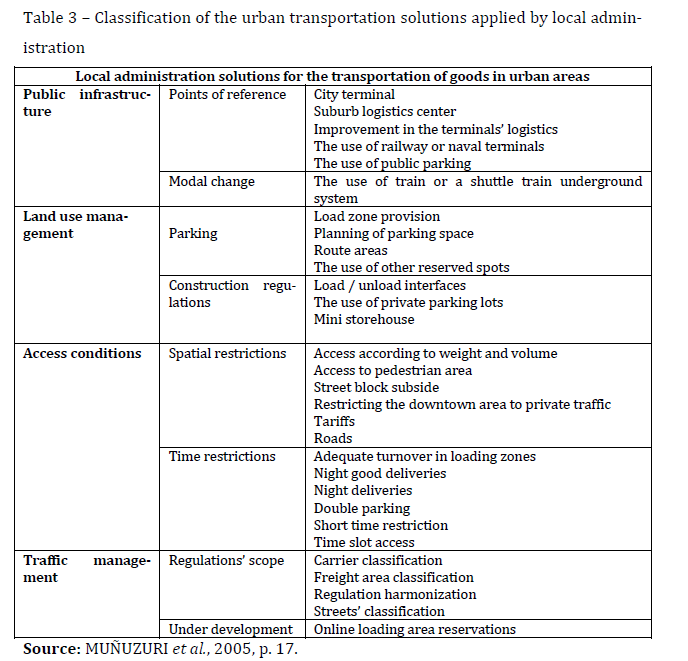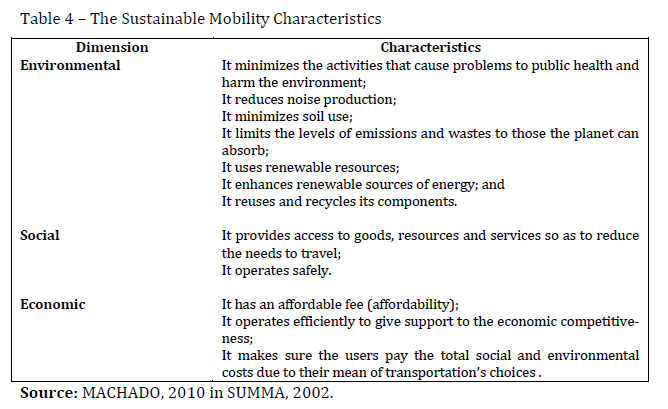
Introduction
Researchers Sheila Tricia Guedes Pastana, Glauber Ruan Barbosa Pereira, Kleber Cavalcanti Nóbrega and Domingos Fernandes Campos from the Potiguar University of Nata, Brasil, published an article on Rebrae (Revista Brasileira de Estratégia), regarding sustainable urban mobility. The article provides an a-up to date review on this issue. Here there are some of the key issues.
Urban logistics is present in citizens’ daily life all over the country since it also deals with the displacement of goods and people in the cities, with the flow of several means of transportation, and with the interaction and the integration with private and public organizations.
Thus, the authors explain that this study focuses on urban logistics and sustainable mobility, which is present in urban spaces.
Nowadays, the issue about population growth, about urban settlement with no adequate planning, dangerous traffic jams and environmental and social unsustainability has fostered concerns about the search for a new city model, one that can get several denominations, such as intelligent mobility and intelligent city.
There is currently the concept of intelligent mobility, which comprises two moments: the first one focuses on information technology as a way to improve urban transportation planning; the second one incorporates people and consumers as important actors in this process.
The researchers highlight that both integrated moments, such as technology and consumers, contribute to the improvement of intelligent mobility.
Urban Logistics
In the last century, vehicles played a leading role in urban logistics as symbols of development and status, both for the transportation of goods and of people. Upon transporting people, the automobile favored the agility, comfort, convenience, more independence, among others. Upon transporting goods, automobiles brought in more swiftness, access to several places, market expansion, and more profitability, among others.
Problems from this model of mobility also came along, such as pollution, traffic jams, accidents and traffic casualties, noise disturbances, social exclusion, global warm-ing, among others.
Thus, in the current century, although automobiles are still very useful and the most popular mean of transportation in the world, several countries see them as an environmental villain.
In this context, the authors understand that the logistics developed by a city can be defined as the process of optimization of the urban logistics activities, taking into account the social, environmental, economic, financial and energy impacts of the urban freight movement.
The urban logistics objective is the global optimization of the urban logistics system, considering costs and benefits of a certain plan of action for the public and private sectors, encompassing planning, implementation, and efficient flow control and storage of related goods and information, on an urban scale.

Innovative strategies in the planning of sustainable urban mobility
On urban mobility, the research refers to L. Machado who mentions the European Union’s understanding, which states how important and urgent it is to rethink the current model by optimizing and using other types of transportation, “organizing the inter-modality between different means of collective transportation (train, electric, subway, bus, taxi) and individual transportation (automobile, motorized, bicycle, on-foot travel)”, envisioning the triple bottom line balance.

As for intelligent mobility, the study also refers to Garau, who considers that it is not possible to dissociate it from sustainable mobility, for there is no use in having only one system of intelligent traffic; it is necessary to invest in less polluting means of transportation, to reduce accidents and traffic jams, in continuous and safe bike lanes, to improve the individual mobility, to reduce the commuting time, and to favor the access to information, among others.
In the meantime, the adoption of practices that cover the set of sustainability in its environmental, social and economic dimensions will favor the sustainable mobility and, on the other hand, will demand investments, an efficient management, and the breakdown of paradigms and a change of attitude.
The researchers highlight that the sustainable planning of transportations will demand mental changes so as to design the planning and the practices, the funding, the broad and detailed analysis of the impacts, as well as the comprehension of the needs of the parties involved.

Final considerations
Regarding the sustainable urban mobility, and based on the review analysis of the literature here developed, there is still no common ground about the concept of sustainable urban mobility, but it is true that if nothing is done in time, the quality of life in urban spaces in the cities will be unsustainable.
As observed along this research, it is important to develop strategies that involve planning, innovation and urban mobility management, so as to ensure the sustainability of life, relationships and businesses in the cities.
The authors stress that the challenges to achieving sustainable mobility are complex, since they involve changes in the way of thinking, innovation strategies, and using and planning urban logistics. Several decisions will probably displease some stakeholders, such as the possibility to design measures to restrict the use of private saloon cars, among others.
These decisions will play a considerable role for the public managers and might trigger a political burden for the implementation of decisions which favor the public welfare and the community usually displeases some stakeholders.